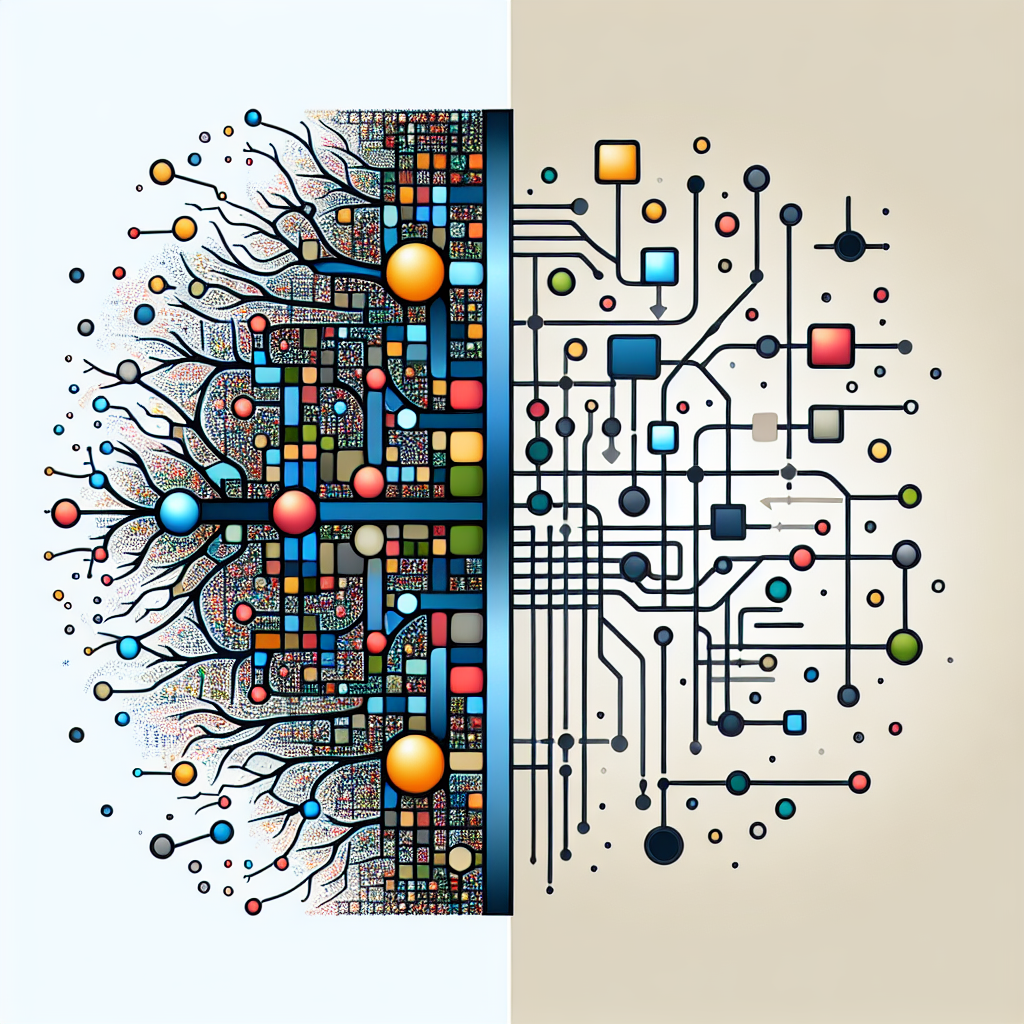Your cart is currently empty!
DNN vs. Traditional Machine Learning: What Sets Them Apart?

In the world of artificial intelligence and machine learning, there are two main approaches that are often compared and contrasted: traditional machine learning and deep neural networks (DNNs). Both methods have their strengths and weaknesses, and understanding the differences between them can help developers and data scientists choose the right approach for their specific needs.
Traditional machine learning algorithms, such as support vector machines, decision trees, and k-nearest neighbors, have been around for decades and are widely used in a variety of applications. These algorithms are typically based on statistical techniques and are designed to learn patterns and relationships in data to make predictions or decisions. Traditional machine learning algorithms require a feature engineering step, where the data is transformed into a format that the algorithm can understand and process.
On the other hand, DNNs are a type of neural network that consists of multiple layers of interconnected nodes, or neurons, that are able to learn complex patterns and relationships in data. DNNs are particularly well-suited for tasks such as image and speech recognition, natural language processing, and autonomous driving. Unlike traditional machine learning algorithms, DNNs are able to automatically learn features from raw data, eliminating the need for manual feature engineering.
One of the key differences between traditional machine learning and DNNs is their scalability and complexity. Traditional machine learning algorithms are often limited in their ability to handle large amounts of data and complex relationships, whereas DNNs are able to scale to massive datasets and learn intricate patterns in data. However, this increased complexity comes at a cost – DNNs require more computational resources and training time compared to traditional machine learning algorithms.
Another important difference between traditional machine learning and DNNs is their interpretability. Traditional machine learning algorithms are generally more interpretable, meaning that it is easier to understand how the algorithm arrived at a particular prediction or decision. DNNs, on the other hand, are often referred to as “black box” models, as it can be difficult to decipher the inner workings of the network and understand why it made a specific prediction.
In conclusion, both traditional machine learning and DNNs have their own strengths and weaknesses, and the choice between the two depends on the specific requirements of the task at hand. Traditional machine learning algorithms are often preferred for simpler tasks with limited data, while DNNs are more suitable for complex problems that require learning intricate patterns in large datasets. Ultimately, understanding the differences between these two approaches is crucial for selecting the right tool for the job.
#DNN #Traditional #Machine #Learning #Sets,dnn

Leave a Reply